10’’ 300LB gate valve is made according to API 600 standard. The valve body is made of ASTM A217 C5 + STL. It has the structural characteristics of rising stem and bolt cover. The gate valve connected by flange has the operation mode of hand wheel.
Payment:
30% when order confirmed, 70% before shipmentProduct Origin:
ChinaColor:
CustomizationShipping Port:
Shanghai, ChinaLead Time:
30~60 days Ex Works after order confirmationMaterial:
ASTM A217 C5 + STLMethod of Operation:
Handwheel OperationProduct Description
|
Type |
Gate Valve |
|
Size |
10’’ |
|
Pressure |
300LB |
|
Connection |
RF |
|
Operation |
Handwheel Operation |
|
Body Material |
ASTM A217 C5 + STL |
|
Design Norm |
API 600 |
|
Face to face dimension |
ASME B16.10 |
|
Flange dimension |
ASME B16.5 |
|
Test & Inspection Code |
API 598 |
|
Temperature |
-29 ~ 650°C |
|
Applicable Medium |
W.O.G.etc |
Features
1. Reasonable design, reliable sealing, smooth channel and small flow resistance coefficient;
2. High temperature and high pressure resistance, many optional materials, wide application range.
Technical Drawing
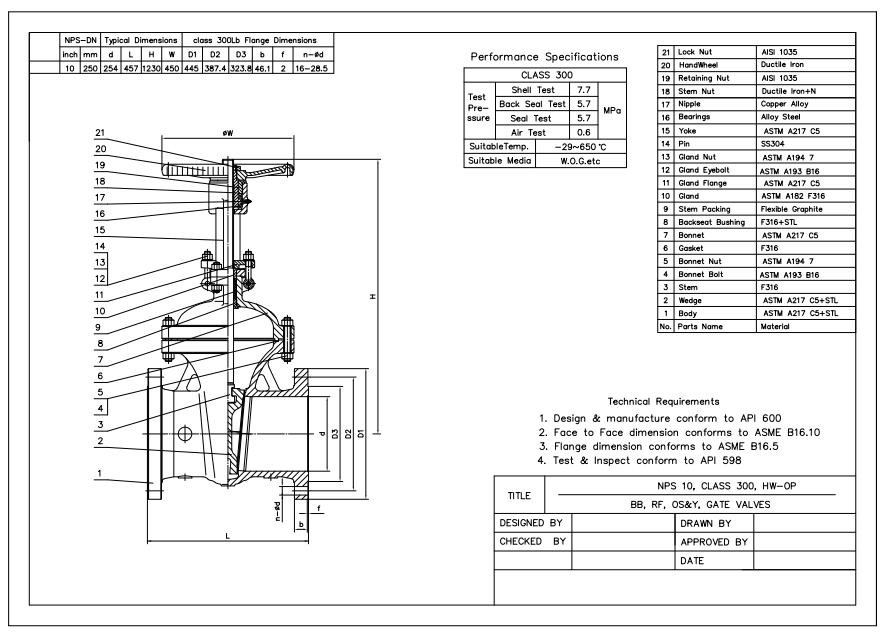
Dimension Checking
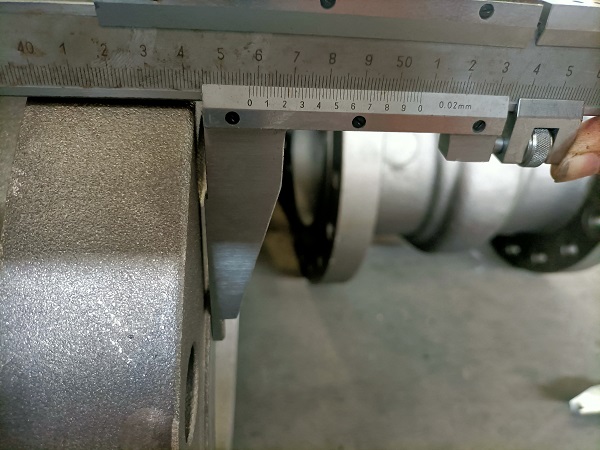
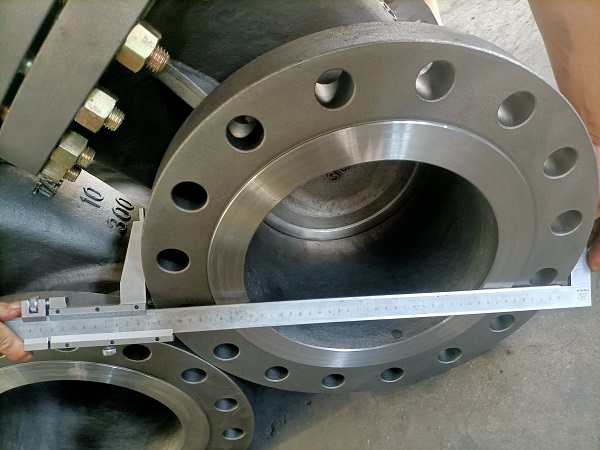
Witnessing Tests
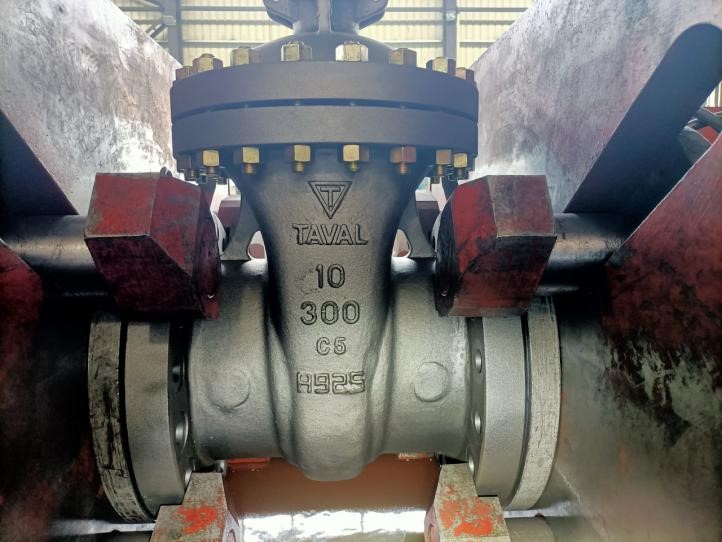
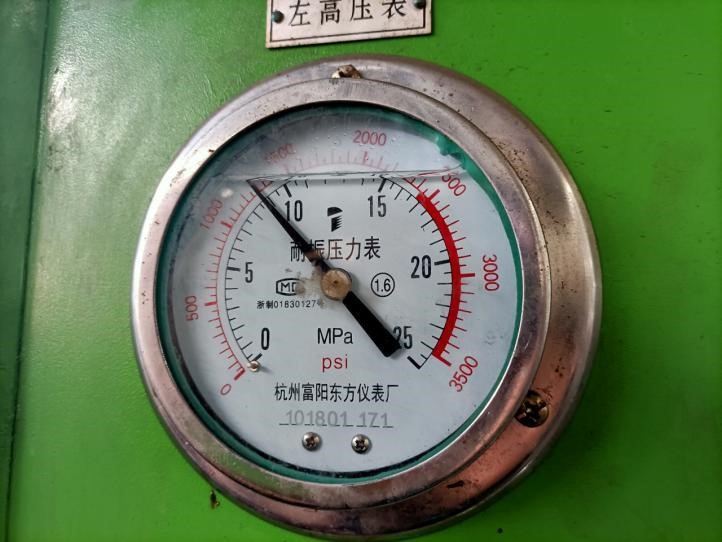
Nameplate & Packing
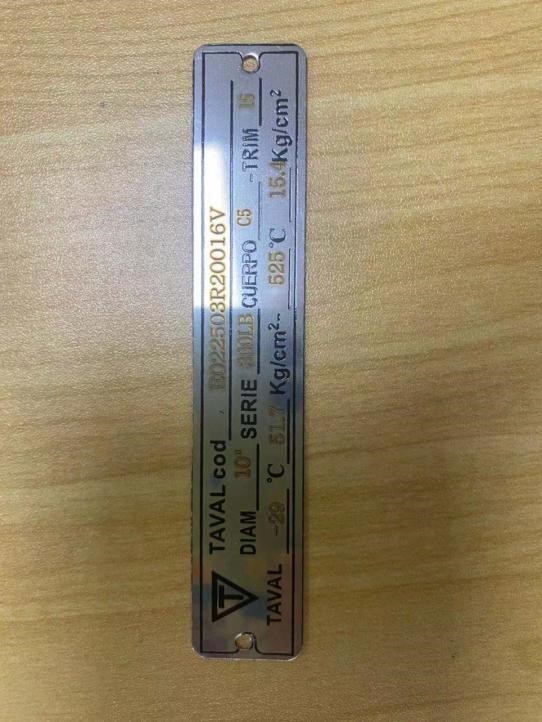
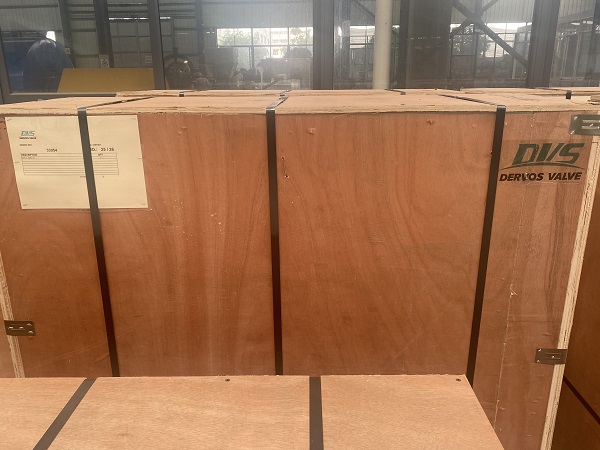
Inspection report
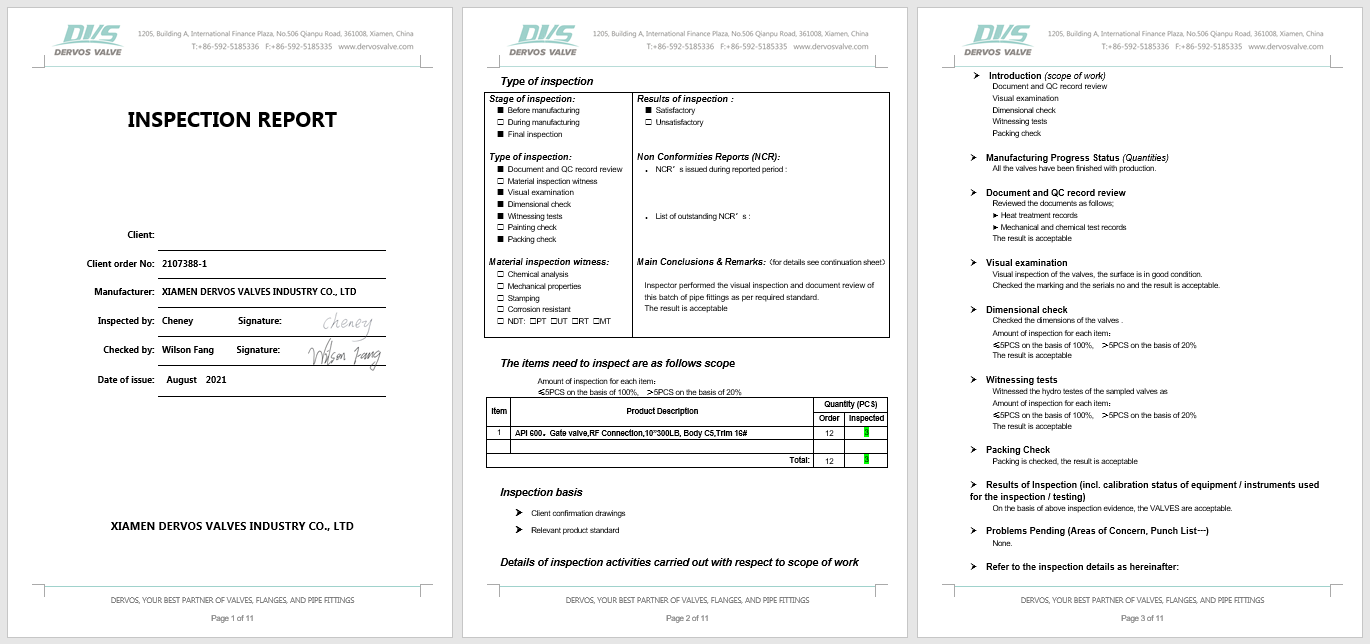
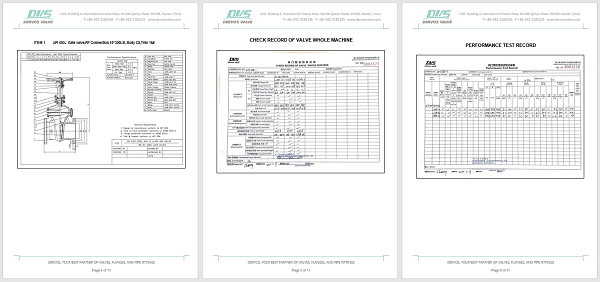
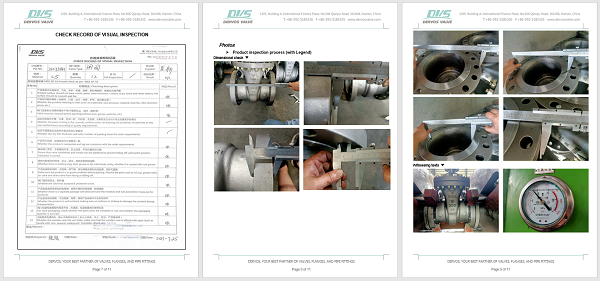
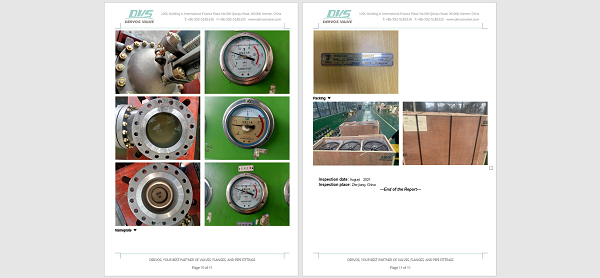
If you are interested in our products and want to know more details,please leave a message here,we will reply you as soon as we can.